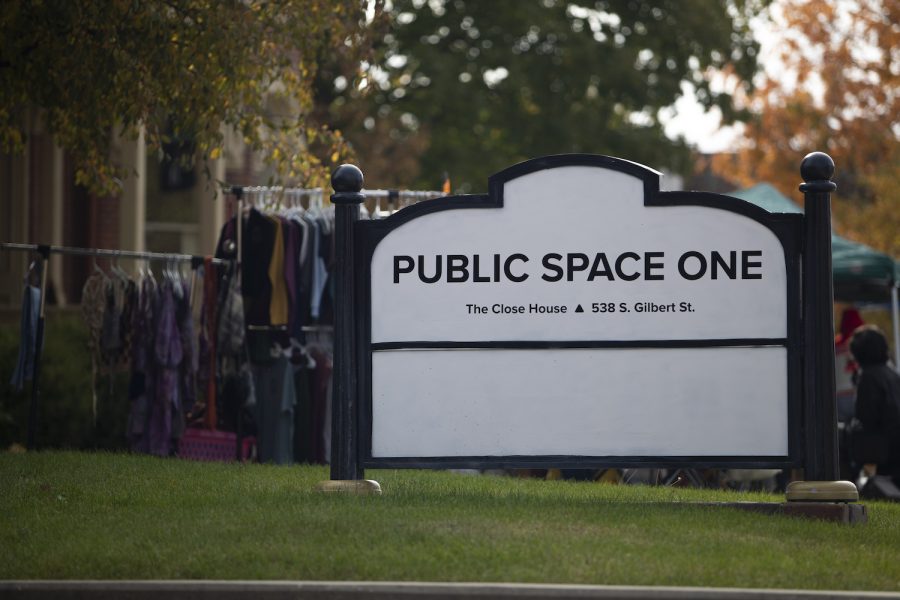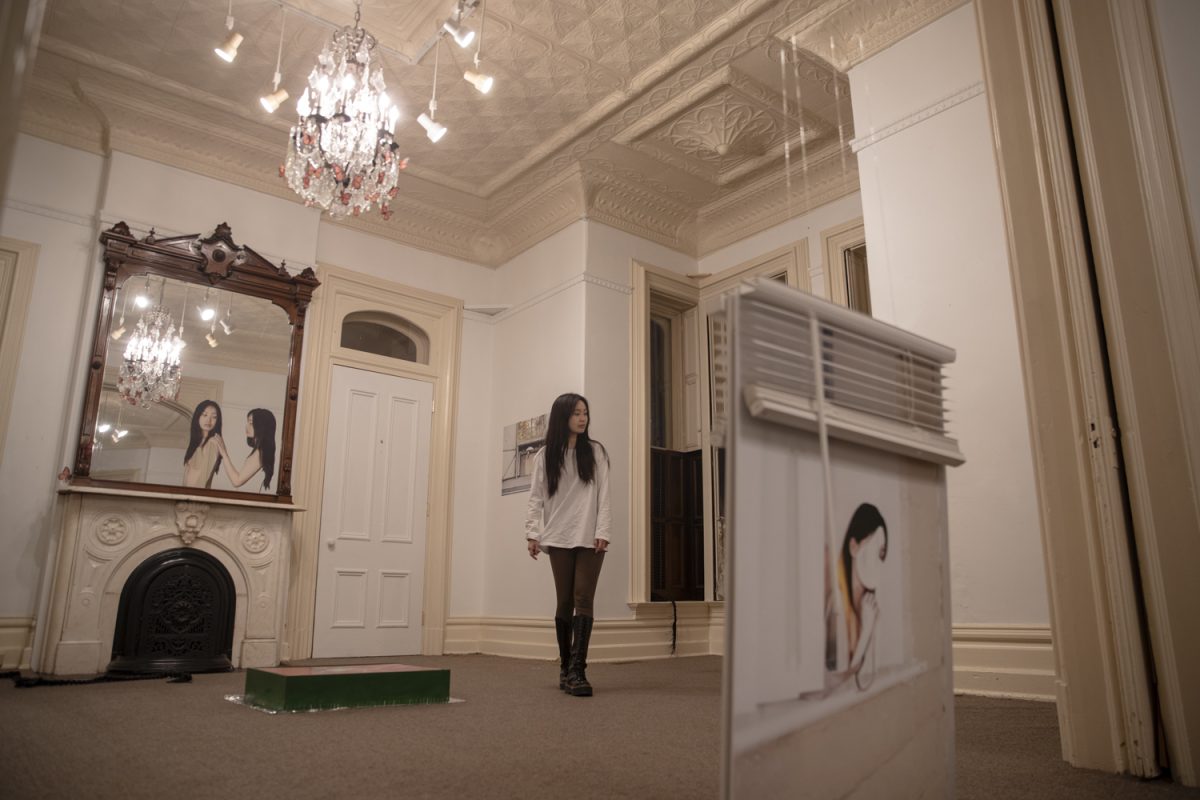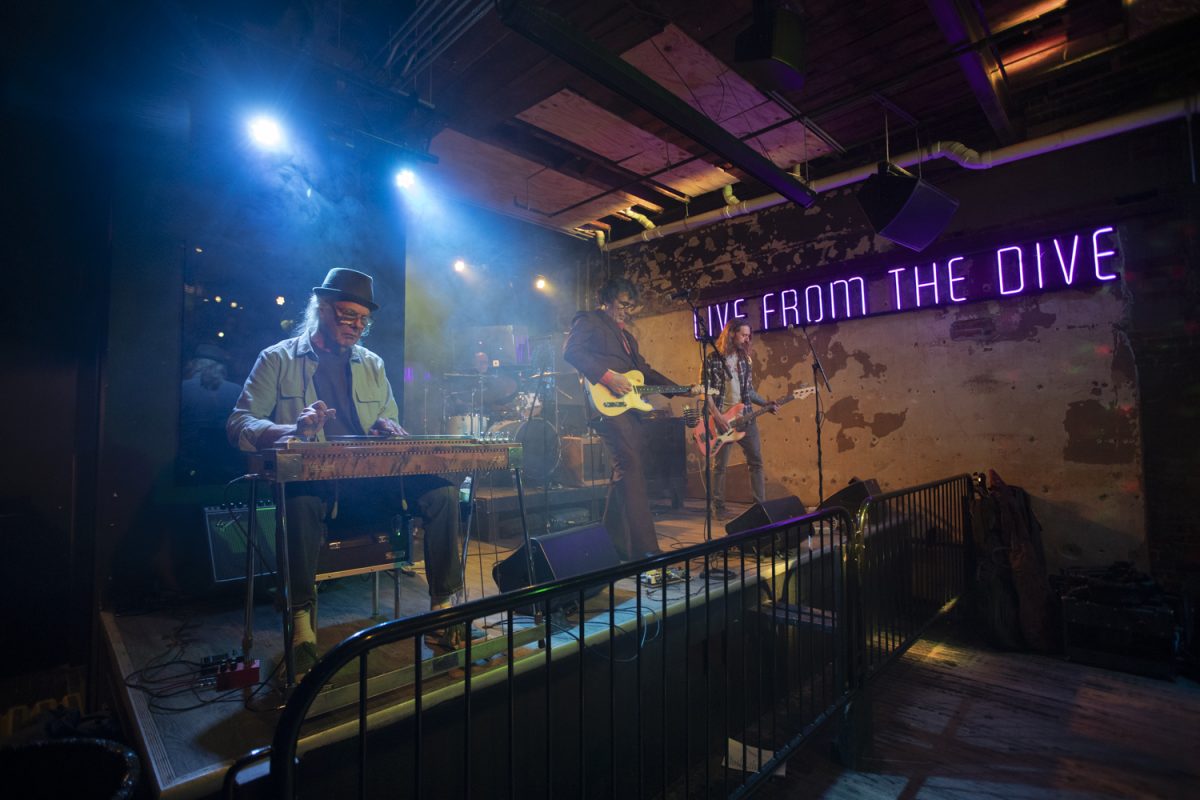Today at 5 p.m., the IMU third-floor gallery will host SmART Talks: Art and Law. The event will be a discussion about art and the legal issues that many artists find themselves dealing with.
All artists can benefit from an understanding about law and art. This is especially important in the current digital age, because creating and sharing art is easier than ever before, said Veronica Smith, the coordinator of the SmART Talks program and assistant curator at the UI Museum of Art in an email to The Daily Iowan.
“Legal issues permeate every aspect of making, selling, and displaying art, from protecting intellectual property rights to preserving free speech to authenticating stolen artworks to crafting art-industry contracts,” she said.
The discussion, which will center on intellectual property, copyright, and reproducibility of art, among other topics, will include a print by photographer Karin Apollonia Muller.
“This print features a graffiti-covered underpass, which significantly contributes to the aesthetic sensibility of the photo yet remains uncredited,” Smith said.
The print will be an anchor for the discussion, along with a recent case in New York in which artists sued after a landlord tore down 5Pointz, a site that was home to the works of many famous graffiti artists. The site was torn down to make room for new luxury condos.
Paul Gowder, a UI law professor and speaker at the event, the landlord told artists they could paint on his building, but there was no guarantee that it would stay there forever. Eventually, their work was destroyed, and the artists were furious.
The artists were extremely well-known, Gowder said, and people came from all over to see their work.
“It’s really striking that this kind of conflict so often arises,” he said. “There’s this questions of, you know, to what extent can you make art with other people’s property. How do other people’s property rights affect the rights of the artist? It’s something I think is worth exploring.”
Gowder believes there were two valid sides to the issue, he said. Federal law says living artists have the right to prevent their art from being destroyed, he noted, if it’s of recognized stature, even if it’s owned by someone else. However, graffiti is a new kind of public art form, which could make it a little different.
“The real issue in my mind, is that it was always understood to be kind of a transient art form,” he said. “It’s not clear for the graffiti artists how long they would have had it up there, anyways.”
Regardless of which side is correct, the jury ruled in favor of the artists, and they won the multimillion-dollar case.
Lindsey Blair, a UI graduate student specializing in art and law, said the most common legal issues artists run into have to do with the contracts they sign.
“Problems often arise when there is a power imbalance between the artist and the other party, legal knowledge for one or both parties is inadequate, or the parties aren’t communicating with one another (this can stem from not knowing the right questions to ask),” Blair said in an email to the DI.
When: Today at 5 p.m.
Where: IMU 3rd Floor Richey Ballroom
Cost: Free










